Meet Tibor Simon-mazula | Artist
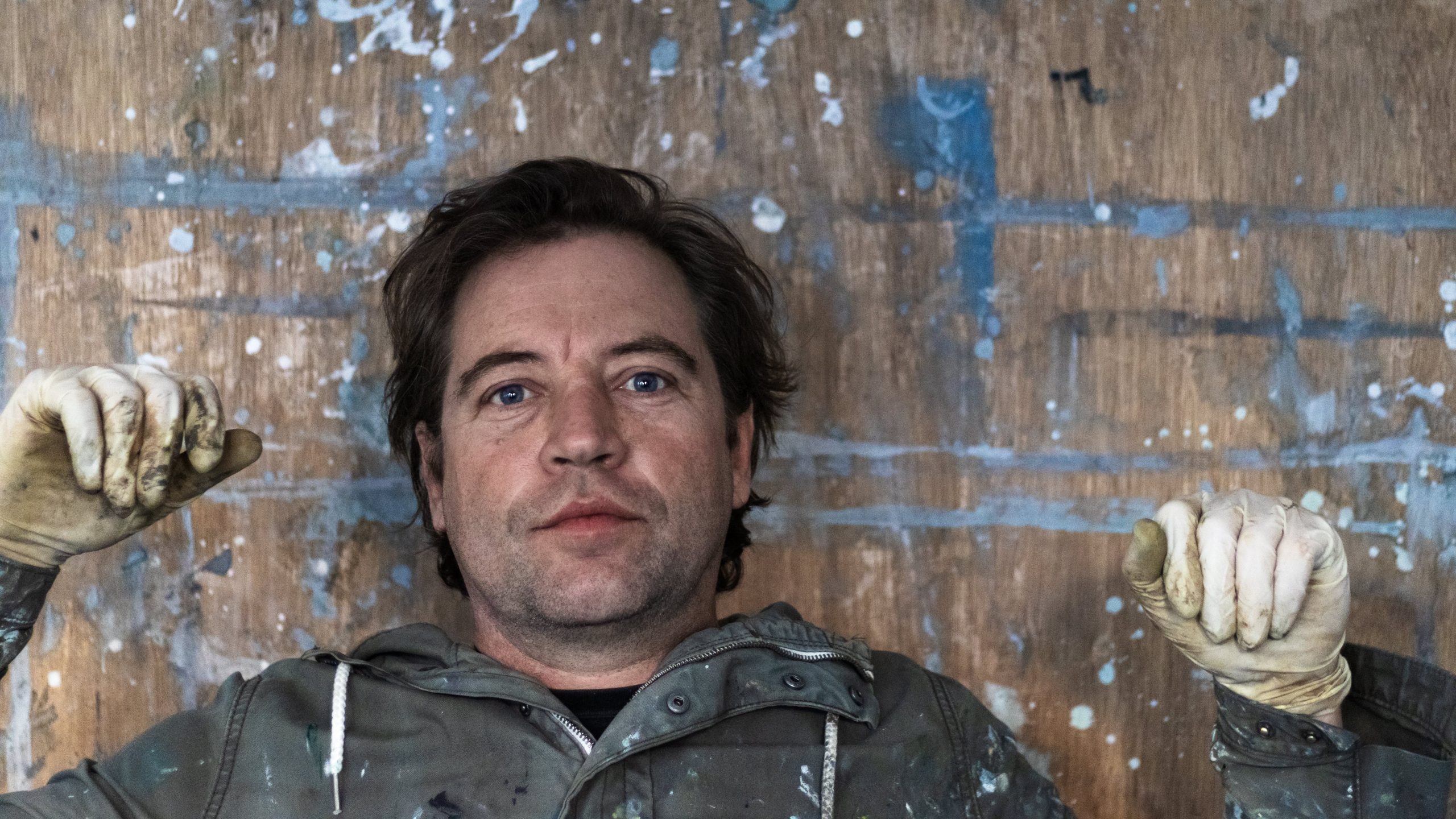
We had the good fortune of connecting with Tibor Simon-mazula and we’ve shared our conversation below.
Hi Tibor, how has your background shaped the person you are today?
Although there were no other fine artists in my family, my brother was a tattoo artist and muralist and both my parents loved art; my mother would buy a painting rather than a car. She worked as a doctor, but also in the theatre. Growing up around theatre people and later studying cinematography in Budapest influenced my expressive style. Despite this, I didn’t go to art school as a kid, but took art lessons separately from an artist who had traveled and seen a lot, encouraging me to be adventurous.
I’m strongly connected to nature too, having been born in an agricultural town, with farmer heritage and thus I first studied to be a horticultural engineer and garden designer in a Budapest University. Although I love our natural environment and garden design is a creative profession, my desire for drawing and painting was strong. I felt that being an engineer was just a duty, so I went to another city to study fine art and math. There I became a member of an art group. Soon enough, I was glad to participate in shows in Hungary and Serbia, which proved to me how important it is to listen to my inner impulse, instead of letting it get squashed.
It may sound strange to many, but I am grateful for my math background. Abstraction, imagination and analysis are all integral to mathematics and these give me a portal to creativity as well as being the foundation of my compositions. Music is pretty much based on math too, and I played drums in underground rock bands for 16 years in Hungary. We traveled a lot in Europe playing in clubs in Berlin, Hamburg, Prague, France, Romania and Bosnia. These adventures were crucial to my later move to San Francisco to pursue a master’s degree in painting.
Last but not least, being young in Eastern Europe in the 1990s was a mind-bending experience but also an opportunity. An entire political system and its ideology collapsed in a minute and something new tried to emerge from the unknown. In this vacuum, the idea of freedom and openness coexisted with a sense of extreme uncertainty, as well as horror at the Yugoslavian war just 50 miles away. Since then, the will to start again and to change has become a part of me and I question authorities like political power or the art establishment. No matter how people behave, deep down they are moved by the same spirit, they just react differently. So I still have faith in people and communities and in my life and artistic practice I look for something constant and good and I want to give comfort to others.
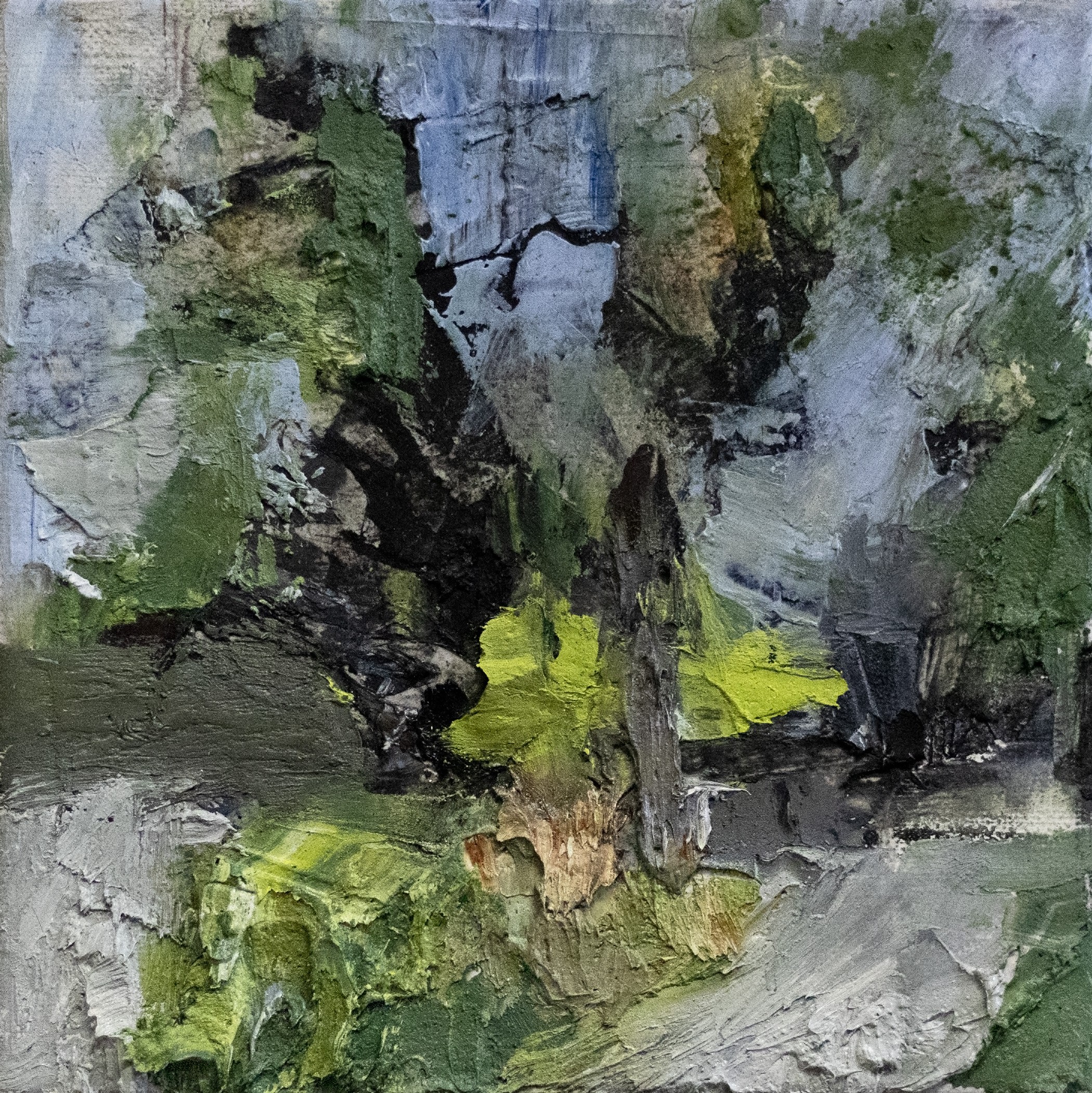
Let’s talk shop? Tell us more about your career, what can you share with our community?
From my viewpoint, the scope of art extends far beyond mere self-expression, and its foundational principle is the sharing of discoveries and realizations with others. I’d say that every act of creativity can be viewed as a sub- or meta-message. By revealing ourselves through art-making, we can maintain mutual and healthy relationships within a community, whether it is a small or large group of people.
I’ve lived and worked in three different continents. The moves have always been sudden, uncalculated and driven more by imagination. Never it wasn’t the new start or the challenge of coping that was frightening, it was the return. After a while I realised that the U-Turns were also a new chapter in my life, helping me to carry on. And through this insight I learnt that my approach to risk came not from a desire to shape my destiny, but from a willingness to accept it, with all its struggles, successes and failures, pains and joys. Standing on the ground, I understood that life is open to us if we dare to try and sacrifice. For instance, when my wife Diana and I moved to San Francisco, there were no friends, relatives, scholarships or jobs waiting for us; we arrived alone with two suitcases. We often found ourselves in extremely difficult or dangerous situations that, had we foreseen them, we might not have even started. Looking back, we believe that moving to San Francisco was the one of the best decision we ever made. I became a professional artist and we formed lifelong friendships and relationships in an amazing city. Since then, my work has been shown in many places around the world, including galleries, art fairs, and museums. Some of these places are Art Taipei in Taiwan, Miami Scope, Florida State University Museum of Fine Arts, the Marin Museum of Contemporary Art in the U.S., and the Munkácsy Mihály Museum and Damjanich János Museum in Hungary. Recently, my solo exhibition has received a lot of attention in South Korea, with more than 40 articles published, including in major media.
All three of these places, the U.S., Europe, and Asia, have definitely had an influence on my art, not just my life experience. If my work attracts attention, perhaps it’s because I’m always looking for the general core in particular phenomena. While I’m inspired by specific places, people, situations, or environments, I’m most interested in understanding them. I see my art as a way of having a real conversation with people. I use a range of techniques to connect with how they see things. For example, I apply a limited but varied range of colours that include deep blacks like spinel and mars black, as well as whites like titanium and lead whites. This mix of colours encourages people to add their own feelings or ideas to the images, making it their own experience.
In a broader sense, by using the tension between light and dark, by showing the variety of greys, and by acknowledging the existence of colour as a fundamental element of human perception, I am trying to convey a complex idea through artistic means at the maximum level of reduction. In other words, I want to communicate something positive and important directly in the international language of images as best I can. That is, in the vastness of the universe, the infinite space in which we live, the importance of individual actions within the dynamics of the community and the natural environment remains very significant. I communicate that no one truly exists in isolation and that we act with purpose and in community, just as colors only make sense in light and in relation to each other.
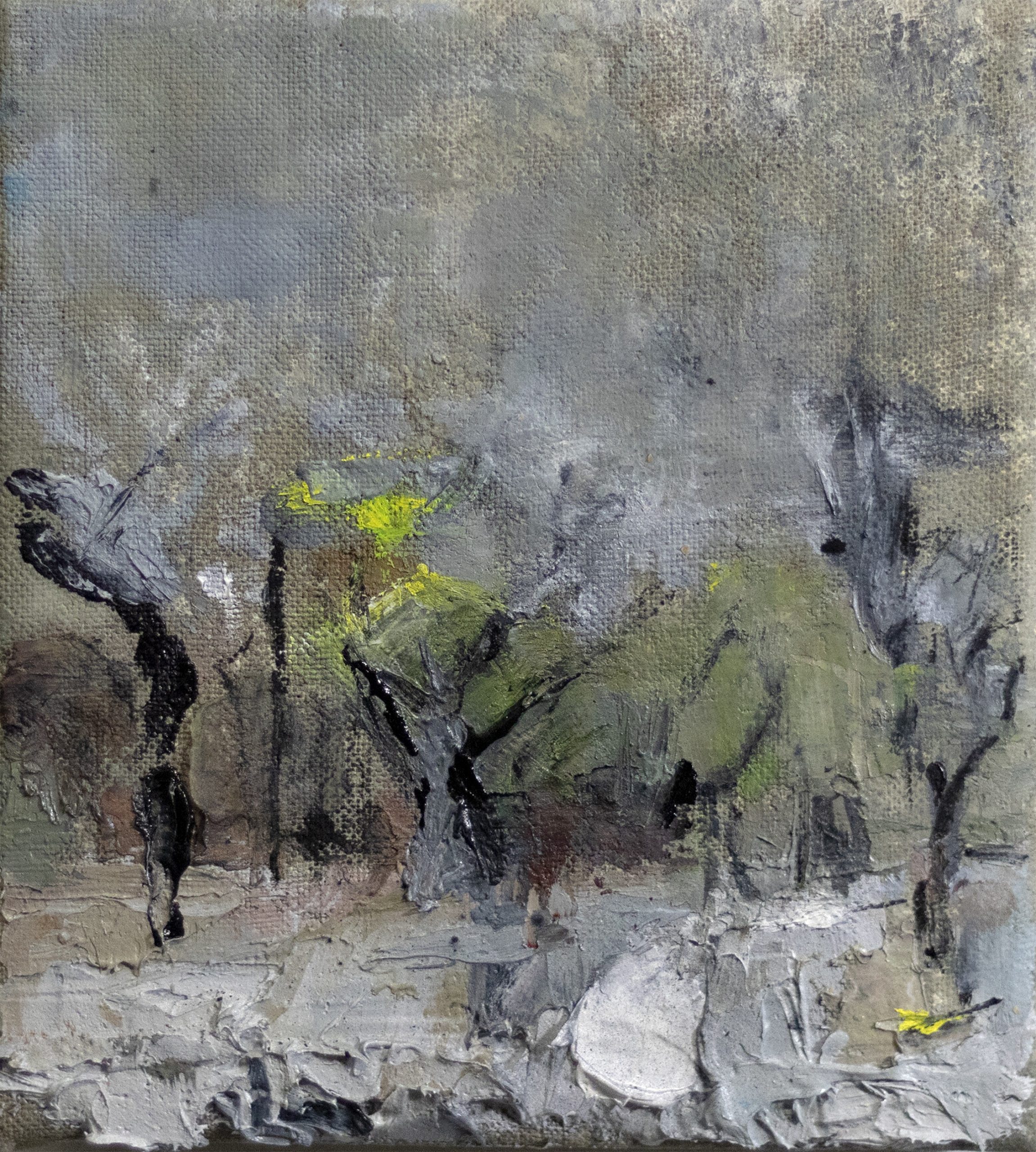
Let’s say your best friend was visiting the area and you wanted to show them the best time ever. Where would you take them? Give us a little itinerary – say it was a week long trip, where would you eat, drink, visit, hang out, etc.
Budapest is an international and diverse city, its two parts, Buda and Pest, are impressive. The Danube is the widest river in Europe to divide a city in two. A very nice but long walk from the dense city centre of Pest across one of the bridges to the hills of Buda is a good programme. Both the architecture and the scenery attract many people. Public transport is really good, so if you get tired you can easily catch a tram, bus or metro. For the evening there are many good restaurants and clubs in the downtown area with great food and music. For relaxing the baths of Budapest are excellent. I would recommend the Széchenyi Thermal Bath, it is in the City Park which is my favourite place. It’s one of the oldest public parks in the world, next to the impressive and iconic Heroes’ Square with its great museums and the new House of Music Hungary. The City Park is definitely worth visiting more than once.
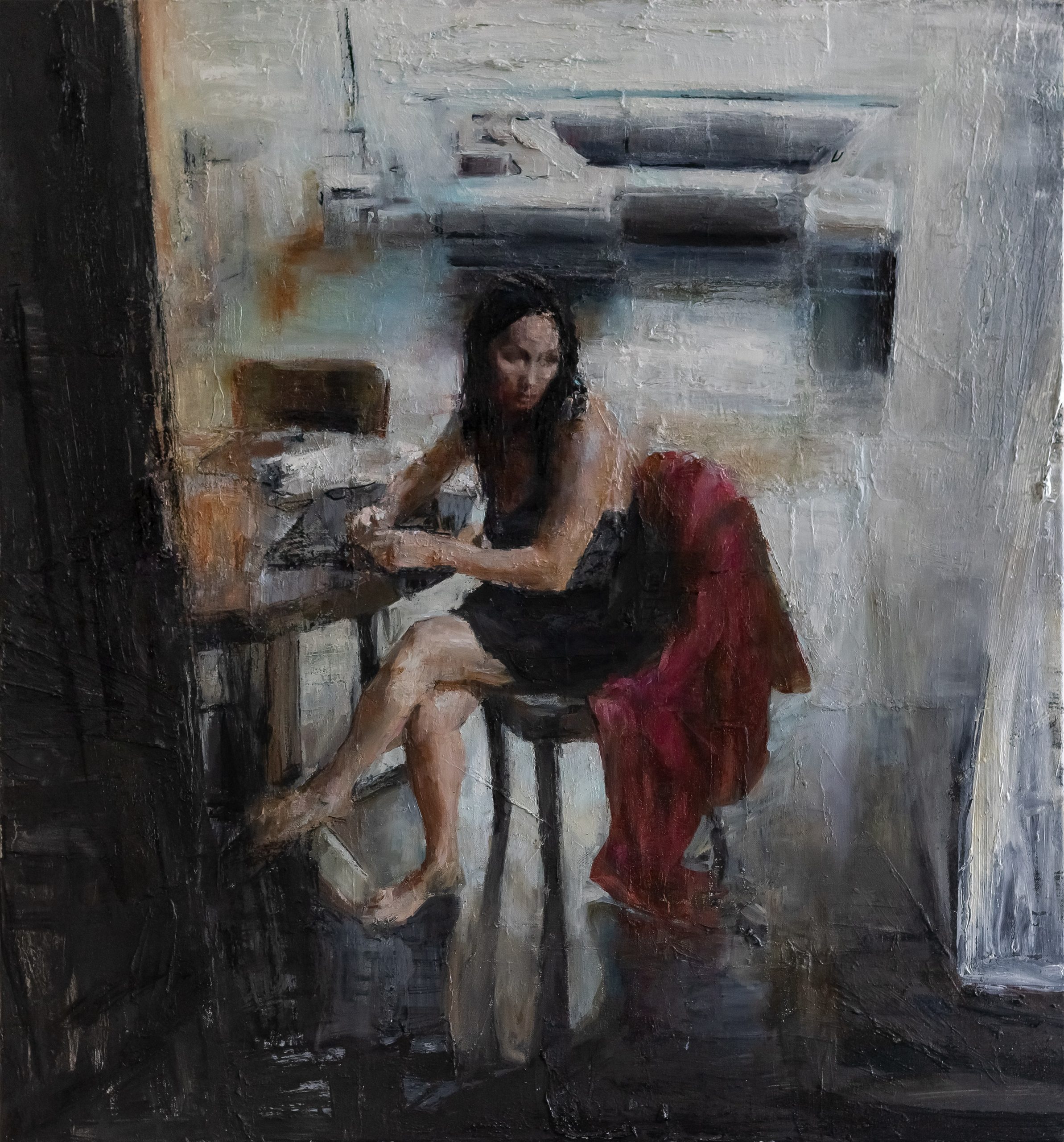
Shoutout is all about shouting out others who you feel deserve additional recognition and exposure. Who would you like to shoutout?
First of all, I couldn’t be where I am without the love and support of my wife Diána, and it’s hard to express how important she is in so many ways and how grateful I am to her. I also owe much to my artist friends such as Drew Price, Adam Hunter Caldwell, Chris Farris, Mark Nobriga in the Bay Area or drMáriás, Michael Pettet, Ákos Bánki in Budapest. The guidance and help of my former teachers such as Carolyn Meyer, Jenny E. Balisle, Zin Lim in the US or Mihály Schéner in my home country have played an important role in every success I have achieved. I can’t thank them enough. I must also extend my gratitude to my close Hungarian friends for their persistent encouragement and support over the decades. Thanks to Krisztián Szabados, Zoltán Kőváry, Attila Nyári and Peter Király for believing in me.
Recently, Han Byung-Chul’s book ‘Saving Beauty’ has been the most influential for me. I was uplifted to read that despite the ephemeral nature of contemporary “like” perceptions of events, creations, opinions, etc., the philosopher-writer affirms that beauty remains a universal standard, “the poetic name of existence”. I align with his viewpoint that in the digital age, imagination, silence, and personality must be given equal protection to that of beauty. But the most compelling aspect of the book for me is when Byung-Chul reminds us that in our data-laden but ill-informed times, beauty is still a real enigma.
Website: https://www.tiborsimon.com
Instagram: https://www.instagram.com/tiborsm
Facebook: https://www.facebook.com/TiborSimonMazulaArt
Other: https://linktr.ee/tibor.simon.mazula
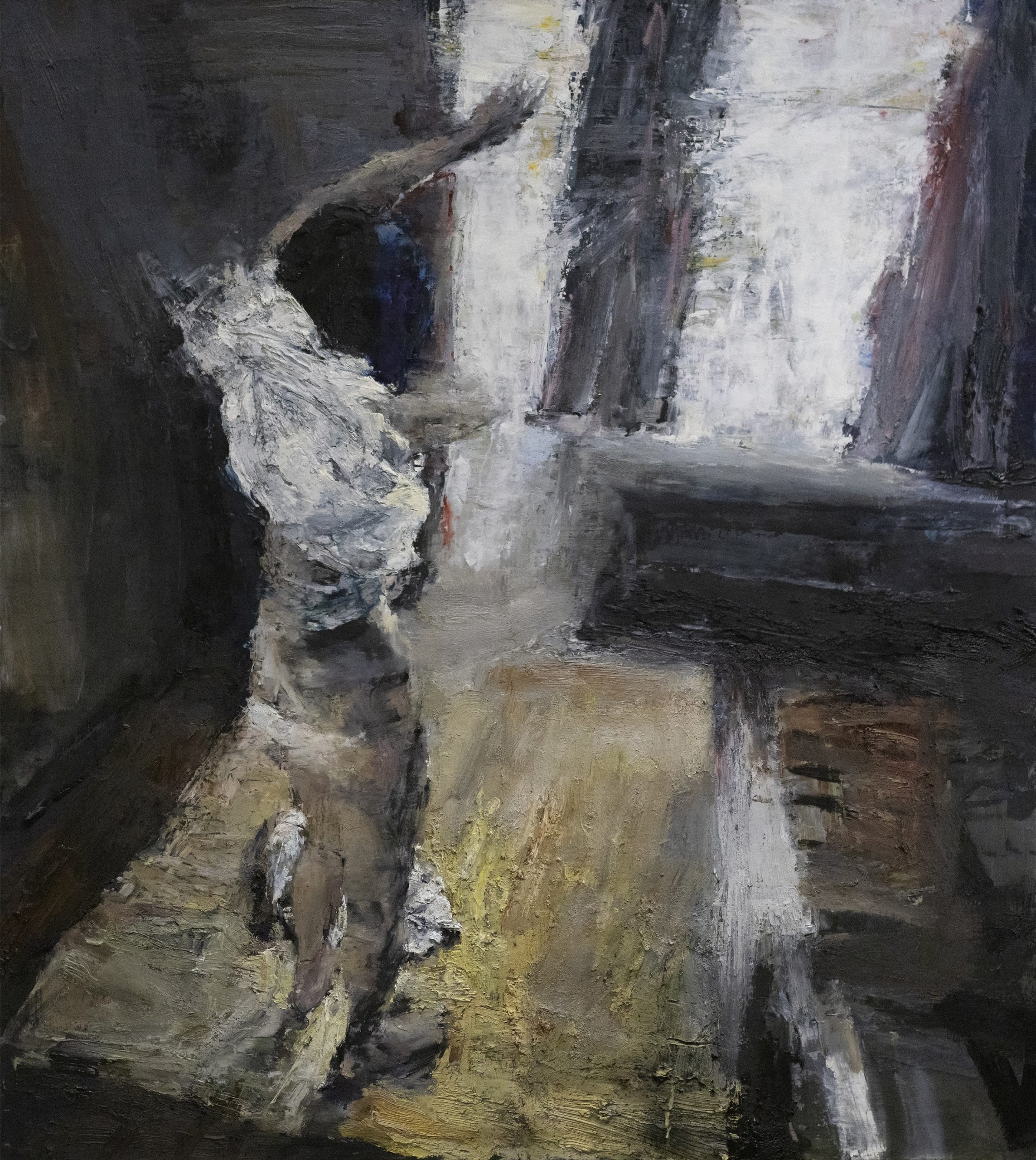

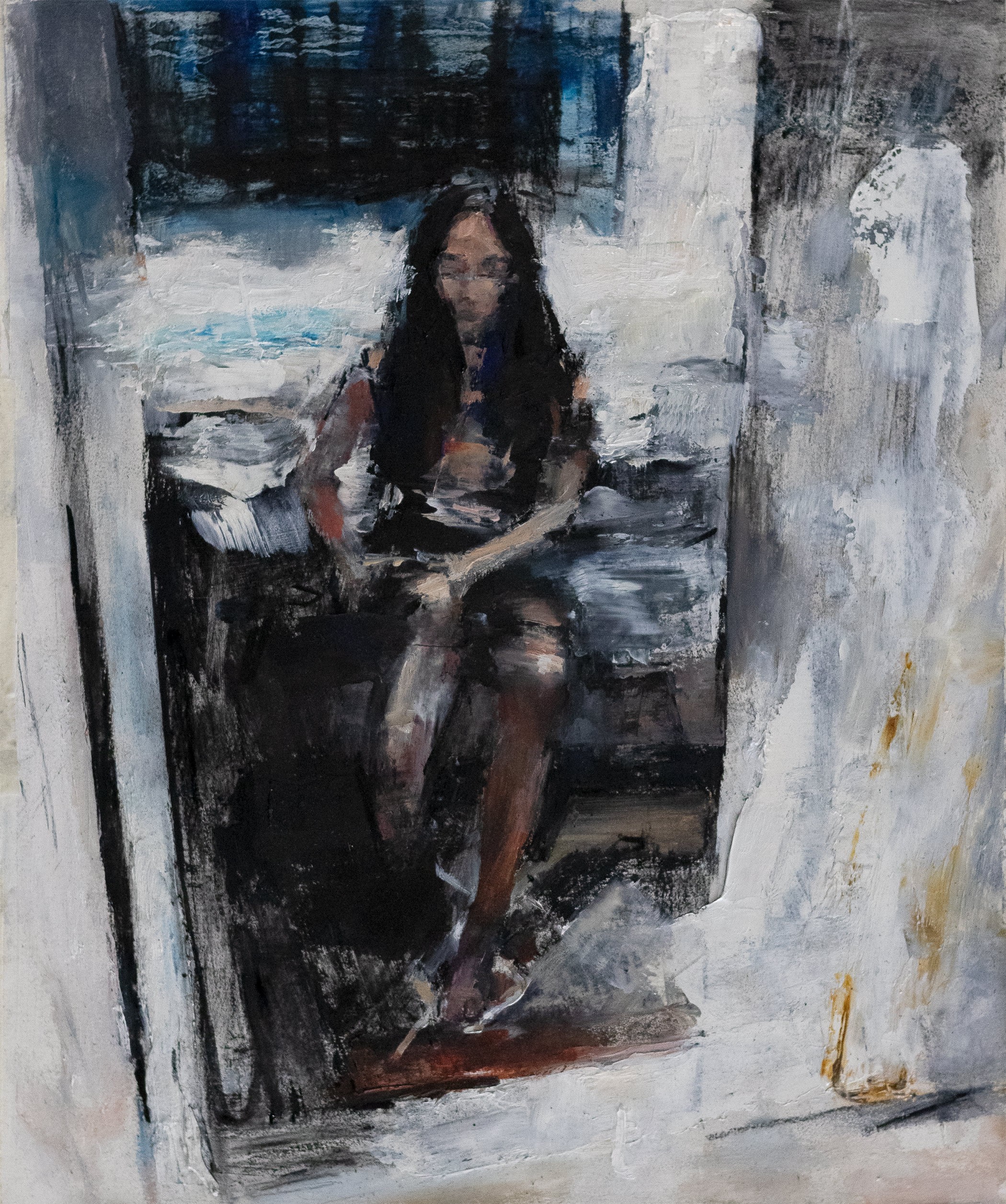
Image Credits
Personal photo by Diana Simon-Mazula
